It’s been quite a week in international media. For the first time in a long while, journalists did their job and asked the questions Rwandans have been telling them to ask for over two decades. Here is what happened:
Rusesabagina’s daughter Carine Kanimba was asked to explain her father’s tape recordings. When she deflected the journalist pressed her on his public endorsement of a terrorist group. This happened on Turkish television, in an interview she was scheduled to debate me and Phil Clark, a politics professor at SOAS, University of London. Phil wrote his PhD on Gacaca and is in Rwanda doing field research. At first when the TRT News producer told me Carine had accepted to debate us, I was shocked.
- Is she suicidal? I asked. Indeed debating the both of us can be a career-stopper for a congenital liar, in line to surpass her own father in the imposture business.
In the end she came to her senses, told the journalist she would like to say her piece and jump off before the two of us can come on.
She had calculated that, like in American media, the Turkish would let her recite her usual talking points: ‘My father is a combination of Don Cheadle and Schindler, and the Rwandan government is evil.’ But while she made a good call to dodge us, she didn’t count on annoying the journalist who had figured out that she was about to lie without being held accountable. Also, this was Turkish TV, they don’t care about Hollywood. As I watched the grilling before coming on, I felt to myself ‘my work is done here’. This journalist is making me and Phil appear as Carine’s only friends…’ It was brutal! here is the link, skip to fifth minute: https://youtu.be/JUgBOVa8MX0
Meanwhile, Sonia Rolley can’t sleep. Since her expulsion from Rwanda in 2006 for publishing fake news, the French correspondent in Kinshasa, DRC, has made accusing Rwanda of all ills her life project. Senegalese journalist Mehdi Ba calls her ‘Bagosonia’, a moniker borrowed from the mastermind of the Genocide against the Tutsi: Bagosora. She illustrated herself as the promoter of the ‘Mapping Report’, falsely accusing Rwanda and Uganda of massacres in DRC to infuse a double genocide theory. Yesterday she celebrated a ‘ten year anniversary of the Mapping report’ on French Radio, RFI.
In her anti-Rwanda campaign she had a champion, Dr. Denis Mukwege a Nobel prize laureate from south kivu, with whom they promoted the Mapping report together. However Mukwege has since gone silent.. He recently lost credibility after it was discovered that he inflates numbers of victims in his village to attract sympathy, fame and fortune. Here is the story.
Bagosonia is troubled by an investigative book that came out last week: ‘La Traversée’ (The journey), written by French Author Patrick de Saint-Exupery.
Patrick de Saint-Exupéry is an award-winning journalist, one of the most respected journalists in France, he has authored four books and is the grandnephew of famous aviator and author Antoine de Saint-Exupéry. His book debunks the Mapping report by asking three simple questions: Where are the victims? how did they die? who killed them? Unlike other double genocide theorists, Saint-Exupéry doesn’t relate what he is told, he goes on the field to see for himself. In ‘La Traversée’, the French journalist followed the footsteps of Rwandan refugees, tracing their exodus from Kigali in Rwanda to Kinshasa in DRC, talking to villagers, visiting sites, and saw no trace of anything that would qualify as a genocide. He came to one conclusion: there was no genocide in DRC. The double genocide theory is simply a form of denial of the genocide against the Tutsi, launched by the French government, the defeated genocide regime and children of genocide perpetrators now based in Europe.
In this interview he explains that those who throw about figures of victims of a supposed genocide in DRC never address those three questions. A lie is just that: unverifiable, unaccountable wind, which is why those telling it are happy to manifest in front of Rwandan embassies in Kinshasa and Brussels but unable to lay a wreath of flowers on the graves of the supposed 5, 6 or 10 million victims. Why? because there are no graves, no victims and there was never a genocide in DRC.
Beyond conspiracy theories, all serious studies conducted in DRC show that people were indeed killed in the Congo war, but not because of who they were and not necessarily at the hand of other human beings. A number of serious studies listed in this article, found that the death toll across DRC was identical in areas where there was war and in areas where there wasn’t. Except for victims of rebel groups of the type of Rusesabagina’s FLN or FDLR, festering in the region, civilians in Eastern DRC died and continue to die of mainly hunger, disease and government’s neglect.
De Saint-Exupéry explains that the Mapping report was “Waterloo described using words of Auschwitz.” He visits a village in Walikale described in the report as the ‘epicentre of the massacres’ and speaks to residents; No one seems to remember any mass killings in their village. He explains that the Mapping report is an accusation-in-a mirror, where the authors reproduce scenes of the genocide against the Tutsi in Rwanda, turn perpetrators into victims and place the scene DRC.
Patrick de Saint-Exupéry’s ‘La Traversée’ perfectly complements Linda Melvern’s ‘Intent to deceive’. The former offers precision on the situation on the ground, disproving a “second genocide” in the DRC, while ‘Intent to deceive’ shows that there was no “second genocide” in Rwanda 1994 as the deniers claim. Chapter 12 factually disproves the “Gersony report” and shows its authors were taken in by stories they were told in the refugee camps in the DRC by genocide perpetrators and their relatives. I have added links so that you can buy and read them both.
I saved the best for last: in a long, pleasant, pedagogical essay in the New York Times, investigative journalist Joshua Hammer tells the story of Rwanda and how it is manipulated.
In it he exposes every charlatan passing themselves for ‘Rwanda Experts’ or ‘Kagame critics’. He starts with Rusesabagina and explains how his fame had faded and speaking contracts dried up. With children in college and no steady income, the septuagenarian cook imagined that recycling himself into a warlord would offer him the previous life of Charles Taylor – before prison, that is. Sadly the old man was nabbed before he could lay his hands on neither Naomi Campbell nor blood diamonds…
Then Joshua Hammer introduces Canadian charlatan Judy Rever, a double genocide theorists who simply endorses the responsibility of the genocide on those who actually stopped it: the Rwandan Patriotic Front (RPF), making up fake witnesses and fake ‘secret UN reports’ both of which she never reveals in her writings.
Hammer then goes after Jambo ASBL, the children of genocide perpetrators who fled with their defeated fathers in the nineties, went through Congo forests before they could find asylum in Europe. He explains how they are trying to justify their father’s deeds. The article was surgical! Here is the link.
So here is what we learned last week: There are two types of journalists: Those who are principled, go on the field, visit sites, speak to the people on the ground, believe what they see, not what they are told and do not fear to be proven wrong. There is a second category: Ambulance chasers: Those who look for scoops where there aren’t any, contact dissidents and anyone disgruntled with the Rwandan government, then sit in their apartments and produce conspiracy theories without ever setting foot on the ground and, as Joshua Hammer and Patrick de Saint-Exupery have demonstrated this week: Michaella Wrong and Judy Rever are the embodiment of ambulance chasers.
As I watched imposters being taken out one after the other, Abraham Lincoln’s wisdom came to mind: “You can fool some of the people all of the time, and all of the people some of the time, but you can not fool all of the people all of the time.”
What a week indeed! Next week I will explain to readers the latest developments in France, in the fight against denial of the genocide against the Tutsi.



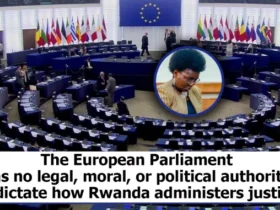

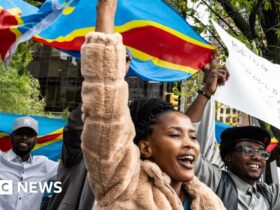
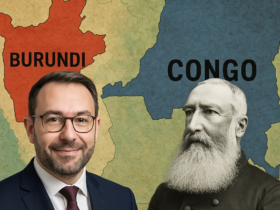

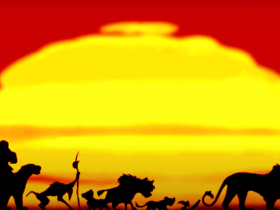

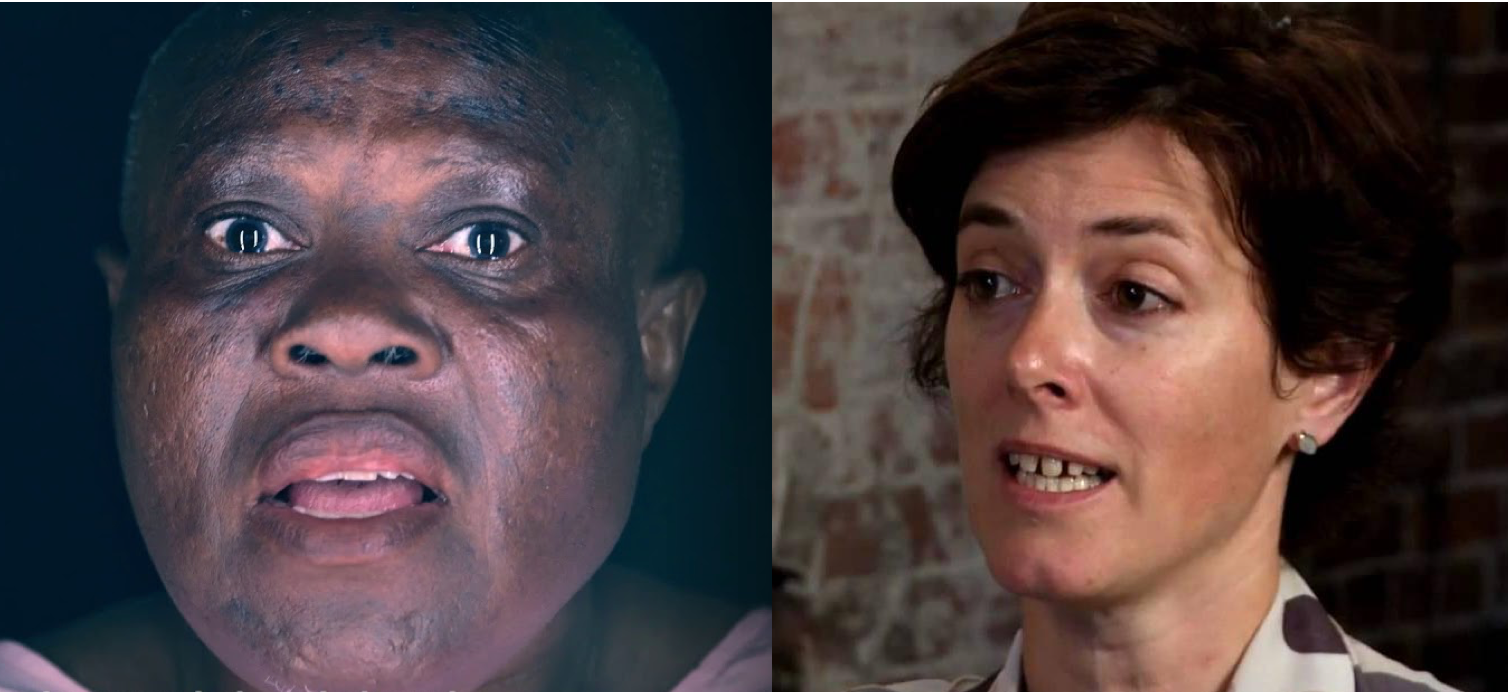
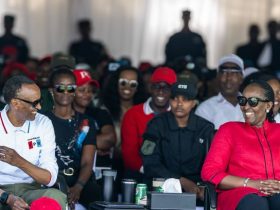
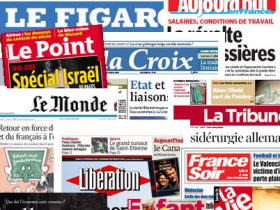

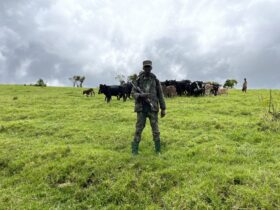
Leave a Reply